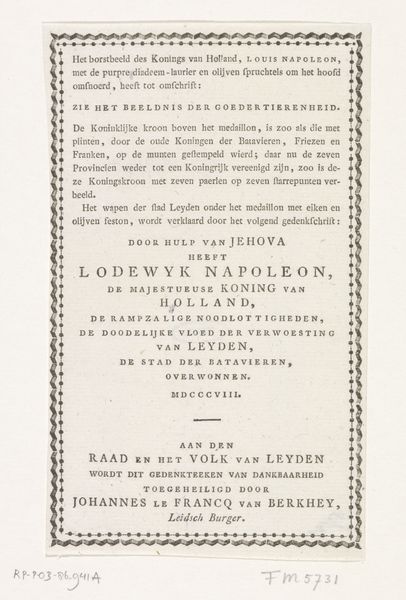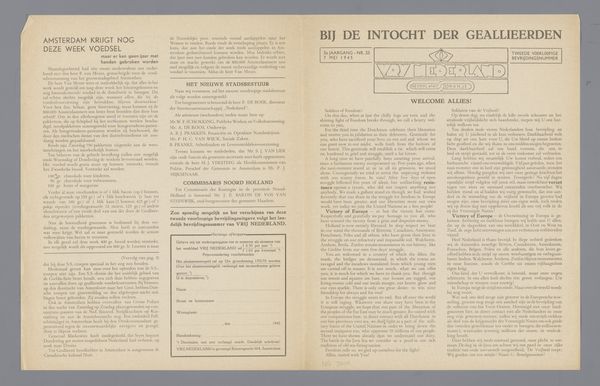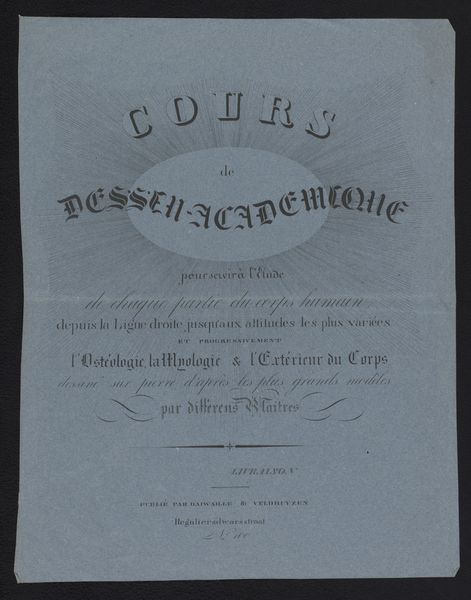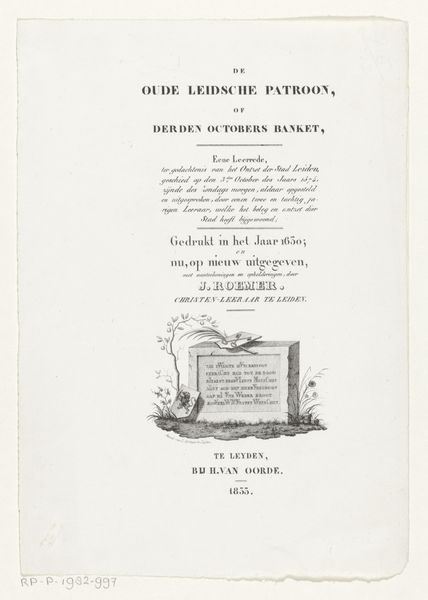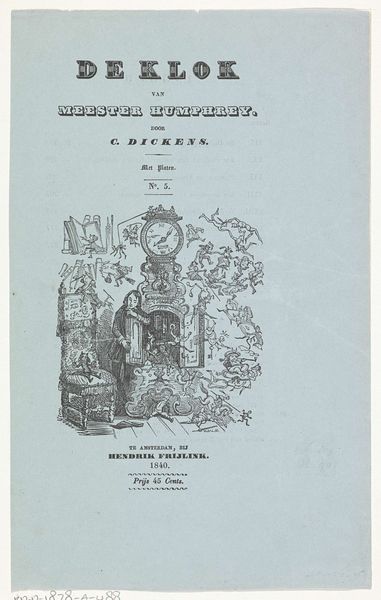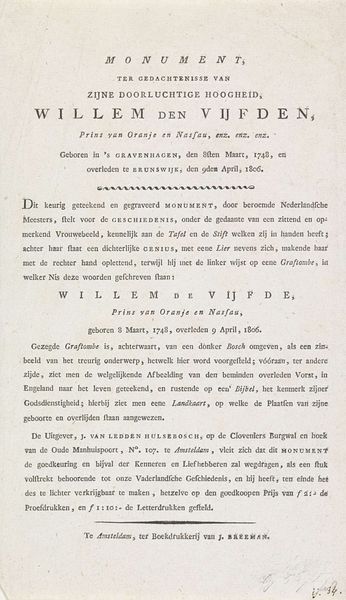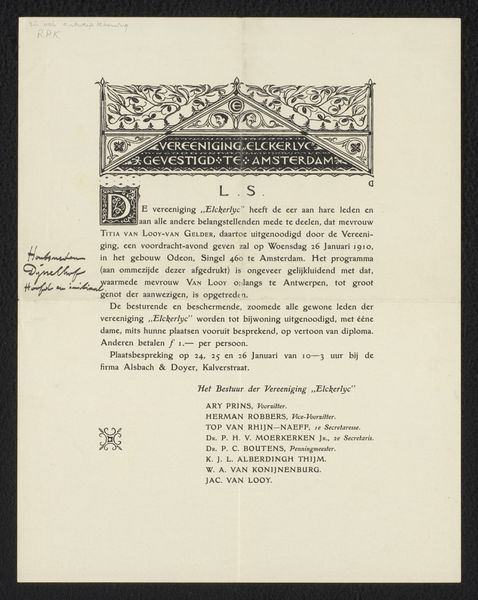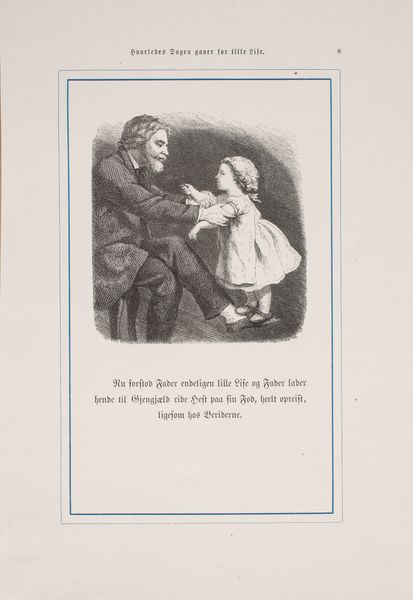
Illustration til "Hvorledes Dagen gaaer for Lille Lise" 1863
0:00
0:00
drawing, print, paper, woodcut
#
drawing
# print
#
paper
#
woodcut
Dimensions: 271 mm (height) x 187 mm (width) (bladmaal)
Curator: This drawing, made in 1863, is an illustration by Lorenz Frølich titled "Illustration til 'Hvorledes Dagen gaaer for Lille Lise'." The print employs a woodcut technique on paper. Editor: The lettering and ornament surrounding 'Lille Lise' catches my eye; it’s elaborate, decorative, almost overwhelming for what seems like a simple children’s story. What sort of effect do you think that has? Curator: Well, the intertwined vines and the tiny figures woven into the title might symbolize the intertwining of childhood experiences and the stories we inherit. Also the font choice reminds me of old fairytales. It taps into the nostalgic feeling a father might have reflecting on his little Lise's day. Editor: Father's day then, in essence, immortalized in print! Speaking of process, the decision to use a woodcut suggests a commitment to accessibility; this isn't some precious, unique artwork destined for a private collection. Curator: True, woodcuts allowed for multiple impressions. Beyond the physical act of creating the image, think about the psychological accessibility too. This portrait creates a sense of warmth. It's as if Frølich intended the piece to function like a comforting mirror, reminding us of our own inner child and those archetypes of youth that transcend time. Editor: That reading resonates! However, looking at it purely as a produced object, a woodcut has inherent limitations compared to other printmaking techniques. The bold lines, lack of gradations in tone - they communicate something fundamental about 19th-century print culture, a time of mass production but still grappling with certain artistic restrictions. It makes me consider the audience. Curator: And I consider the title! 'How the Day Goes for Little Lise.' Doesn't it suggest the endless possibilities contained within a child's single day? Editor: It's a gentle reminder that even in mass-produced materials, artistry and care have its place. Curator: Ultimately, seeing Frølich’s intention with “Lille Lise" today allows us to look at how such prints could shape perspectives then, but also echo across generations to touch on universal childhood experiences and a parent's deep connection with them.
Comments
No comments
Be the first to comment and join the conversation on the ultimate creative platform.
